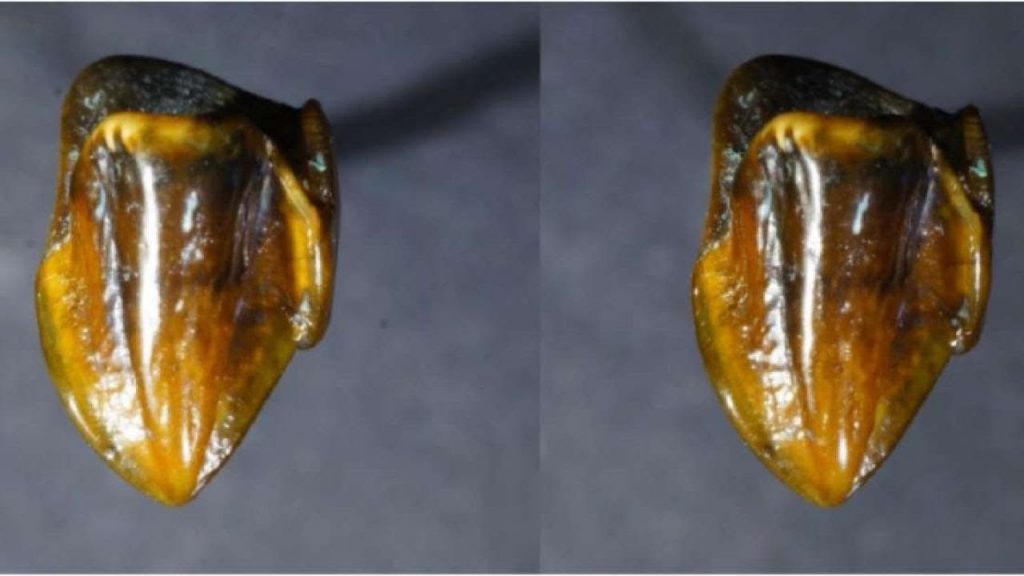Two of the world’s top paleontologists (a scientist who studies fossils) inform that, “A pair of 9.7 Million Year old teeth discover in Germany will not rewrite human history”
The teeth find in a bed of the Rhine river in Germany. It was claim they most related to those belonging to ‘Lucy’ a 3.2 million-year ld skeleton of a primate related to humans and found in Ethiopia.
At a press conference announcing the discovery, the mayor of Mainz suggest that the find could force scientists to express the history of early humans.
he said, “I don’t want to over-dramatise it.But I would hypothesise that we shall have to start rewriting the history of mankind after today”.
Herbert Lutz, director at the Mainz Natural History Museum and head of the research team, told local media: “They are clearly ape teeth. Their characteristics resemble African finds that are four to five million years younger than the fossils excavated in Eppelsheim.
“This is a tremendous stroke of luck, but also a great mystery”.
9.7 Million Year old teeth pictures

But David Begun (University of Toronto and one of the world’s leading palaeoanthropologists) told The news agency that neither tooth had a resemblance to Lucy or any other primate closely related to humans.
He said one likely belonged to the primate called Anapithecus, which roamed Europe around 10 million years ago. Fossils of the animal have already been dug up in Austria and Hungary.
Having split from the evolutionary tree that eventually led to humans more than 30 years ago, the presence of an Anapithecus tooth in Germany does nothing to challenge the out-of-Africa theory of human origins.
It is still a rare find however and appears to confirm the presence of a large pliopithecoid (a group of primates to which Anapithecus belongs – in western Germany)
But Dr Begun said the other tooth did not even belong to a primate.
He said, “The ‘canine’ is actually a piece of a ruminant tooth. It is hard to tell because it have crack above the root and have polish over”.
He suggest that it may belong to a Dorcatherium. A small deer-like mammal that became extinct millions of years ago.
Maria Martinon-Torres views on 9.7 Million Year old teeth
Maria Martinon-Torres, a palaeontologist at University College London who specialises in dental evidence. She update that the news agency that while it was not a hominin – species. Though this is closely relate with humans. The findings could still add to our knowledge of ancient primates.
she saidm “I think these teeth belong to a very old primate”. “But they do not belong to a hominin.”
Ms Torres also disputed the teeth looked like those belonging to Lucy. “I don’t see the resemblance at all,” she said.
However, describing the findings as exciting. The professor said the teeth could help in our knowledge. Which will help to get the presence of primates in Europe millions of years ago.
It is a very nice discovery, they are very well preserve. They are very important in the sense that there are few in the fossil record”, she inform.
Ms Torres tell, On whether this could rewrite primate history. Comparing the evolutionary tree to renovating a house. Also he updates that I do not like this idea of rewriting history.
